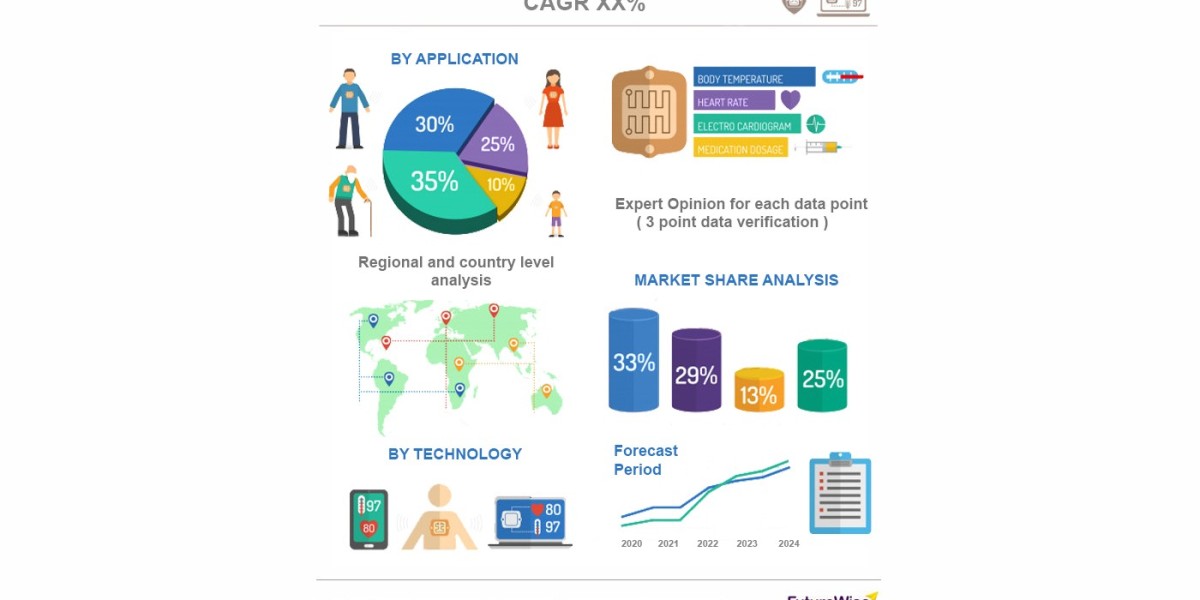Introduction
Solar power systems are composed of several key components, and one of the most critical is the local
solar inverter. This device converts the direct current (DC) generated by solar panels into alternating current (AC) used by most household appliances and the electrical grid. A local solar inverter plays a vital role in optimizing energy production, ensuring system safety, and enabling efficient power usage. This article explores the importance, types, benefits, and factors to consider when selecting a local solar inverter.
1. What is a Solar Inverter?
A solar inverter is an electrical device that converts the DC electricity produced by solar panels into usable AC power. AC electricity powers everything from lights to appliances, and it's also the standard current used in the power grid. The term "local solar inverter" refers to inverters tailored for smaller installations, such as homes, small businesses, or community solar projects, typically connected to local grids or used in off-grid setups.
2. Types of Local Solar Inverters
Several types of solar inverters are available, each designed for specific applications. Choosing the right inverter can impact the system's efficiency and performance.
1. String Inverters
- How It Works: Connects multiple solar panels in a series (or string) and converts the combined DC output to AC.
- Use Case: Ideal for installations with uniform sunlight exposure (e.g., large rooftops).
- Advantages: Lower cost, simple installation, and easy maintenance.
- Drawback: Performance can be affected if one panel in the string is shaded.
2. Microinverters
- How It Works: Installed on individual panels, each microinverter converts DC to AC independently.
- Use Case: Perfect for roofs with shading issues or different panel orientations.
- Advantages: Enhanced efficiency, monitoring of individual panels, and improved flexibility.
- Drawback: Higher upfront cost compared to string inverters.
3. Hybrid Inverters (Battery-Compatible)
- How It Works: Supports both solar panel systems and battery storage, allowing energy storage for later use.
- Use Case: Best for homes looking to integrate battery systems or go off-grid.
- Advantages: Optimizes energy usage and allows for backup power during outages.
- Drawback: More complex installation.
4. Off-Grid Inverters
- How It Works: Designed for systems not connected to the utility grid; often paired with batteries.
- Use Case: Ideal for remote areas or places without grid access.
- Advantages: Provides energy independence.
- Drawback: Requires a battery system, which increases costs.
3. Benefits of Using a Local Solar Inverter
- Maximizes Energy Efficiency: Inverters ensure optimal conversion of solar energy to electricity, reducing energy losses.
- Enables Grid Integration: For grid-tied systems, local solar inverters synchronize the power output with the local grid.
- Improves System Monitoring: Many inverters offer real-time monitoring through apps or web interfaces.
- Supports Safety Features: Modern inverters include protection systems that prevent back-feeding into the grid during outages, ensuring the safety of technicians.
- Compatibility with Batteries: Some local inverters support battery storage, enhancing energy resilience and independence.
4. Key Considerations When Choosing a Local Solar Inverter
System Size and Power Output
- Select an inverter that matches the total capacity of your solar array. Oversized or undersized inverters can lead to inefficiencies.
Inverter Efficiency
- Look for inverters with a high efficiency rating (usually 95% or higher) to ensure minimal energy loss during conversion.
Warranty and Reliability
- Inverters generally come with warranties ranging from 5 to 12 years. Choose brands with good reliability and customer support.
Monitoring Capabilities
- Advanced inverters come with monitoring systems that allow you to track energy production and identify issues remotely.
Local Grid Regulations
- Ensure the inverter complies with local utility grid standards and regulations, especially if you plan to export excess energy through net metering.
5. Installation and Maintenance of Solar Inverters
Installation
- Professional Help: Solar inverter installation should be carried out by a licensed electrician or solar installer to ensure safety and compliance with electrical codes.
- Location: Inverters should be installed in a shaded, ventilated area to prevent overheating and ensure optimal performance.
- Connections: For grid-tied systems, the inverter must be connected to the building’s main electrical panel.
Maintenance Tips
- Cleaning: Keep the inverter and any associated displays free of dust and debris.
- Monitoring System: Regularly check the inverter’s performance through the monitoring app or display panel.
- Check for Errors: Some inverters display fault codes if issues arise. Contact your installer immediately if you notice any warnings.
6. Cost of Local Solar Inverters
The price of a solar inverter depends on the type, capacity, and features.
- String Inverters: $1,000 – $3,000
- Microinverters: $150 – $300 per panel
- Hybrid Inverters: $2,000 – $5,000
- Off-Grid Inverters: $2,500 – $6,000
In addition to the inverter’s cost, consider installation fees and any maintenance contracts. Some solar providers include the inverter in their overall system package.
7. Common Issues and Troubleshooting Tips
- Overheating: If the inverter gets too hot, it may reduce output. Ensure it is installed in a well-ventilated area.
- Inverter Not Powering On: Check for loose wiring or tripped circuit breakers.
- Low Power Output: This could indicate shading on the panels or an issue with the system’s wiring.
- Error Codes: Refer to the inverter’s manual to decode fault messages and take appropriate action.
8. Conclusion
A local solar inverter is the heart of any solar power system, playing a crucial role in converting solar energy into usable electricity. Whether you're installing a small residential system or a larger community project, choosing the right inverter ensures efficient performance and smooth operation. With advancements in technology, local inverters now offer better monitoring, battery compatibility, and safety features than ever before.
Investing in a high-quality solar inverter is essential to get the most out of your solar panels and ensure long-term savings. Make sure to consider factors like system size, efficiency, and compatibility when selecting an inverter, and always work with certified professionals for installation. With the right equipment in place, you’ll be well on your way to enjoying the benefits of clean, renewable energy for years to come.
Ready to enhance your solar power system? Explore local solar inverters that match your energy needs and start maximizing your savings today!







